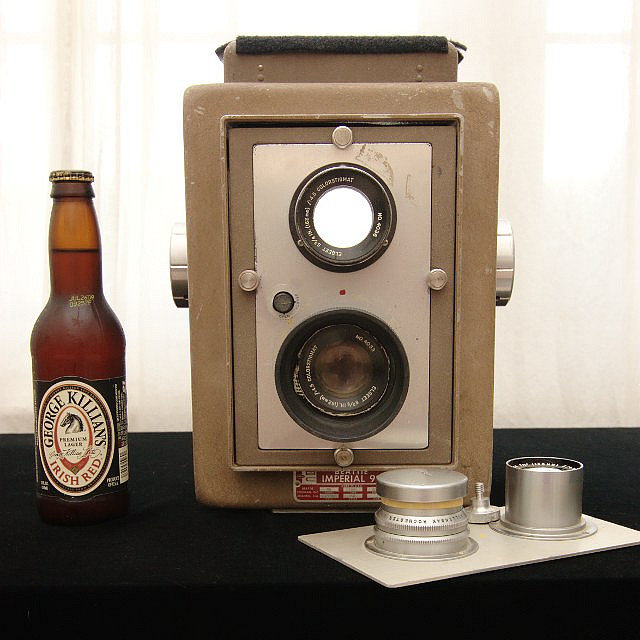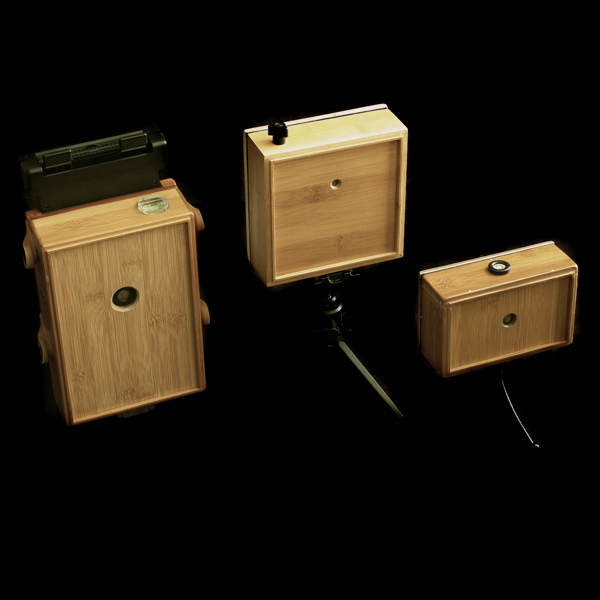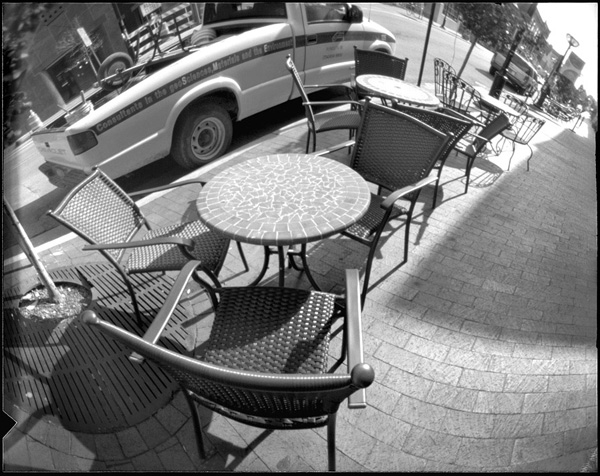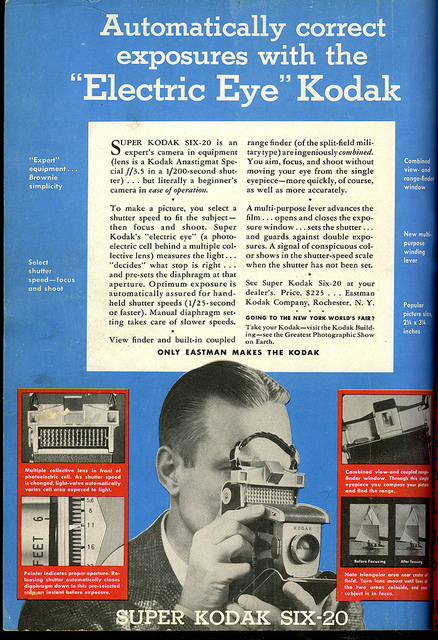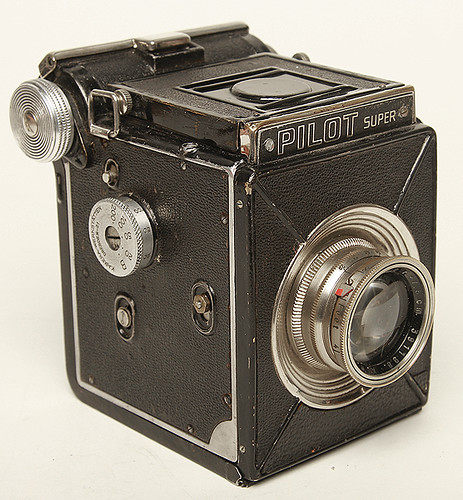When creating a wiki about {ahem} photography and cameras, it’s simply vital to have good images to illustrate it. And when a photographer donates their work to such a project, it’s only fair to credit them correctly, and to respect the copyrights of their photos.
Over the years 2004–2010 the editors of Camerapedia.org placed hundreds of photographs in its pages—illustrating the design, features, and model variations for hundreds of cameras. Initially, some images were lent to individual editors, who hosted them in their own Flickr accounts. But eventually most were linked directly to the photostreams of the photographers themselves.
Clicking a photo takes you back to its originating Flickr page. In the right sidebar there is a heading License. For the great majority of Camerapedia images, this was “© All Rights Reserved.” There were also many images licensed under “non-commercial” Creative Commons terms, such as this.
But one year ago, the domain name Camerapedia.org was sold to the private, for-profit wiki farm Wikia. Shortly afterwards, Wikia reformatted all Camerapedia’s articles to include advertising (typically several Flash animations per page).
The text of Camerapedia was released under “copyleft” (GFDL), so hijacking the words was technically legal (though still annoying to its creators). But what about the photographs?
The new site was “sort of” Camerapedia—actually, camerapedia.wikia.com. But many photo contributors were angry that someone else was now pocketing profits derived from their copyrighted works.
The rights situation was just as muddled for the Creative Commons images. Taking work licensed “non-commercial” and using it in an advertising-supported website is not something most creators find permissible under an NC license.
Thousands of photos were withdrawn from the Camerapedia Flickr pool, signaling that many photographers no longer gave permission for their images to be used in this way. Yet withdrawing images from the pool did nothing to remove them from Camerapedia’s pages. And Wikia never attempted to contact photographers, or confirm the rights to photos they displayed. Several frustrated discussion threads in the Flickr group raised specific problems with Wikia’s photo policies.
Anger over this (and other issues) were the motivations for our “fork” of Camerapedia, to create the new, entirely non-commercial Camera-wiki.org. We began with a snapshot of Camerapedia as of January 25, 2011—which has expanded since then with hundreds of new images and over 1,170 new article pages.
But we had a big problem: While we were certainly “a free, non-commercial camera encyclopedia,” we were no longer Camerapedia.
So in the past year, volunteers have spent hundreds of hours checking and confirming photo rights and improving credit bylines (thanks, Tkmedia and Hanskerensky!).
We’ve invited thousands of photos to the Camera-wiki.org Flickr pool, which now has more than 44,000 images. When a photographer adds a photo to our pool, we understand that as permission to use it in a wiki article—but we also try to leave a confirmation thank-you in the photo’s comments just to confirm it.
When we were not able to contact the photographer of an “all rights reserved” image, we removed the image from the wiki, and tried to replace it with something better.
Since we were doing this work anyway, we made improvements to our credit bylines too. Every photo should now include a rights statement (noting which images are copyrighted and used by permission, versus ones used under Creative Commons or public domain).
And each photographer’s name is now a link, to a special contributor page. This lists all the wiki articles including that photographer’s work; it also links back to their Flickr account, and to all their images added to our photo pool. (Here is an example, for contributor Rick Oleson.) It’s just a nice way to say “thank you” for the vital photo contributions that keep us growing and improving.
Because there are thousands of images in the wiki, it is possible we have missed a remaining “all rights reserved” image or two somewhere. A few small thumbnails are uncredited—although typically those images appear as an article illustration on another page, fully credited. And we’re happy to fix any problems pointed out to us.
When it comes to illustrations, we think this is a pretty clear one. We respect copyrights and we respect our contributors. Can “that other wiki” say the same?

